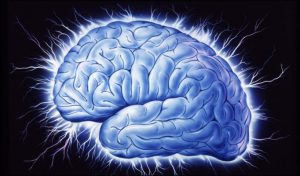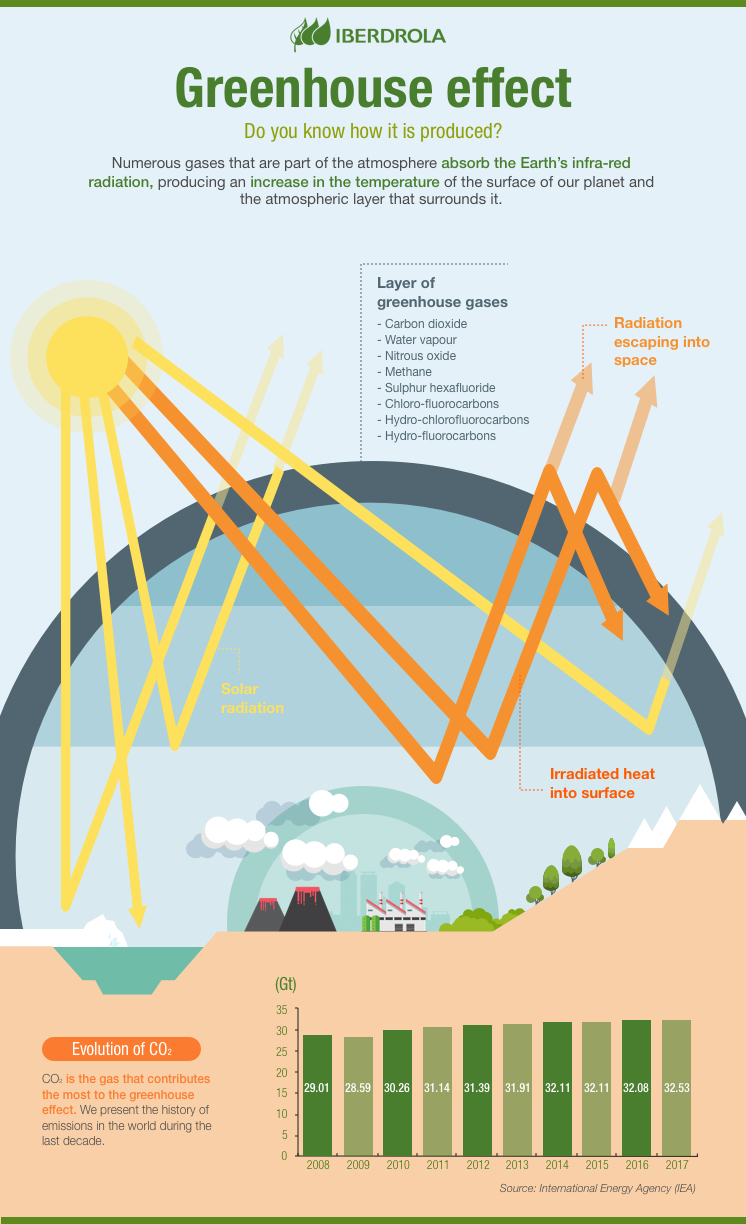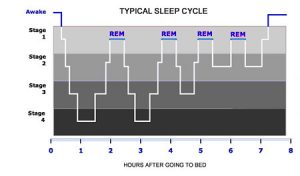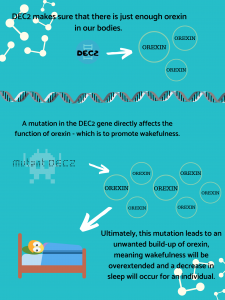
Global Pandemic.
Source (Flickr)
There are three things that are certain in life: death, taxes and pandemics. While it may seem that humanity is making great strides in the medical sector in terms of advanced vaccines, therapeutics, diagnostics, and devices for primary health care, you would be surprised to find that the risks of millions dying due to pandemics are higher than ever. Bill Gates, an American businessman and philanthropist is one of the believers that a global pandemic is coming and the world is severely underprepared.
“People rightly worry about dangers like terrorism and climate change (and, more remotely, an asteroid hitting the Earth). But if anything is going to kill tens of millions of people in a short time, it will probably be a global pandemic,” Bill Gates wrote in his annual “What I learned at work this year” letter.
To understand why Bill Gates and an international panel of experts assembled by the World Bank and the World Health Organization (WHO) warned that viral diseases like Severe Acute Respiratory Syndrome (SARS) and flu would potentially kill millions and destabilize economies as well as national security according to the Global Preparedness Monitoring Board(GPMB), it is essential to have an idea of how pandemics start and spread.
How pandemics start and spread globally

Types of Microbes. Source vecton
Pandemics start at the microscopic level where among the major types of microbes, bacteria and viruses cause the deadliest infections. The ability for a bacteria and virus to move from one living organism to another makes them candidates for the cause of an inevitable pandemic.
In particular, viruses that infect animals may spillover to humans becoming new types of viruses known as zoonotic viruses. For instance, the H1N1 virus that caused the Spanish flu pandemic which killed an estimated 20 million to 50 million victims in 1918, is a zoonotic virus that resulted from the combination of influenza A virus from birds and from humans in a pig. What makes zoonotic viruses more lethal than other infectious viruses is that they contain parts (specific to animal immune response system) that the human immune system would not be able to detect hence enabling them to evade immune responses by the human body. In addition, their ability to mutate fast only worsens the human immune system’s situation as a losing side in this life or death microscopic warfare.

In our modern world, technology has been the primary facilitator for the spread of these viruses globally. For instance, SARS spread to over 17 countries on three continent within a few week due to fast globally widespread air travel. Although SARS outbreak did not end up becoming the worst pandemic that humanity has seen, it was surely a clear sign that the next pandemic will be able to spread in a few days.
Is there anything that can be done to prevent the impending doom?
While it may be impossible to stop global human movement and improvement of transport technology, the best chance to preventing a pandemic would be controlling the spread at its source. For instance, the CDC deployed detectives to caves in Uganda to understand how bats could spread Ebola related viruses to humans directly or through other animals. In addition, governments around the world should invest in the innovation for prevention early even when everything seems fine now!
By Flipos Tadese.















